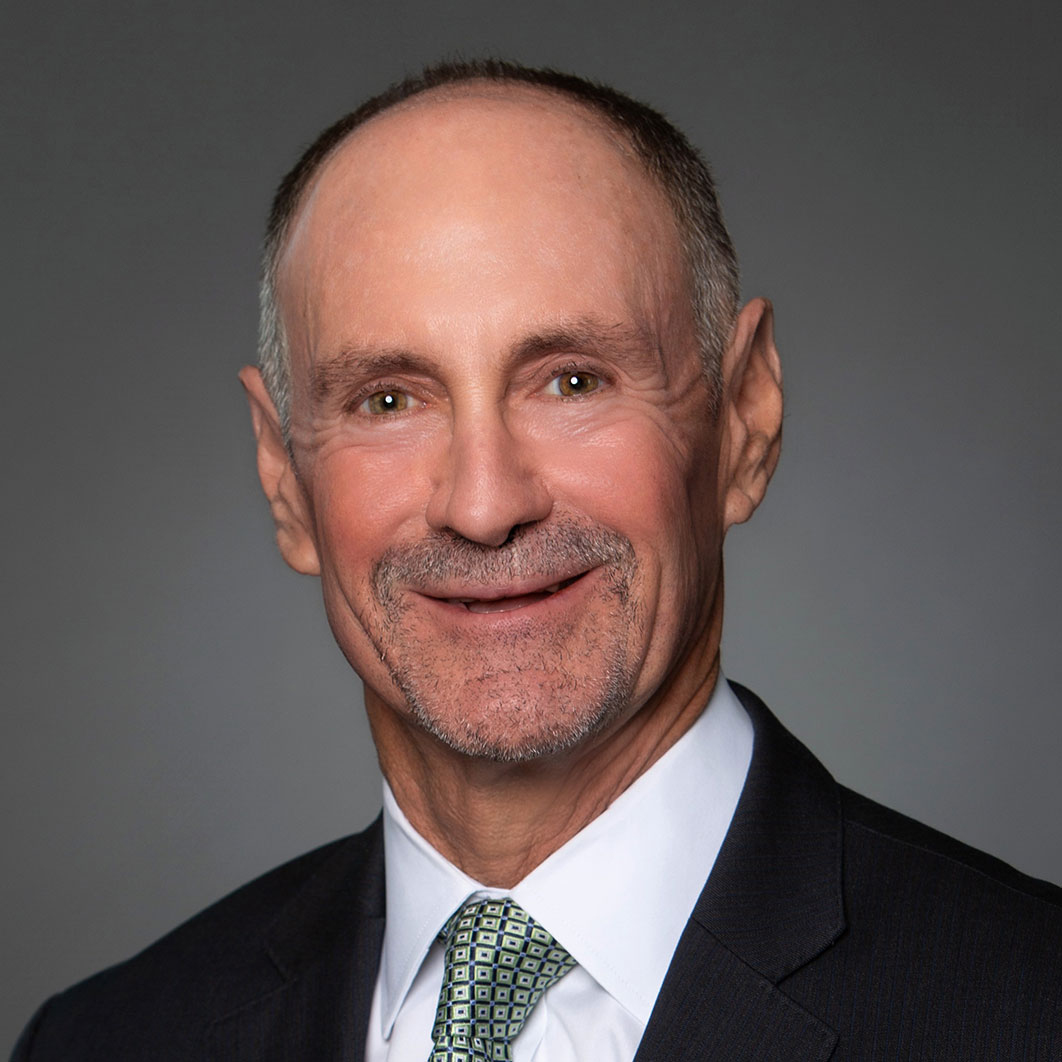Sleep On It: Solving Challenges by Getting More Shut-Eye
I’ve done the math. I have gone all night without sleep for over 1,400 nights. I have had interrupted sleep for over 2,500 nights. I’m not proud of this. Such is life as a surgical resident and practicing pediatric surgeon.
Thankfully, we have learned more about sleep, and the generations that followed me have a better relationship with slumber. Sleep is a treasured activity. We are only beginning to better understand its supreme relationship to health.
Of all the inputs to health, sleep is arguably the most fundamental. Evidence suggests that promoting better sleep could help address some of America’s biggest challenges, from health equity to workforce productivity. The entire nation remembers how important sleep is when we change our clocks in the fall and spring. Ending the practice is even something most Americans agree on, according to a 2019 poll.
I expect you to vividly remember the challenges of lack of sleep during certain times in your life. For many of us, recalling the first months with a new baby evokes those memories. Even “all-nighters” in college can feel like yesterday despite the reality that those foggy nights occurred decades ago.
Humans Have Long Been Fascinated by Sleep
Sleep has fascinated philosophers, authors, artists and scientists for centuries.
Aristotle attempted to make sense of its purpose and function in 350 B.C.E. From A Midsummer Night’s Dream to Macbeth, William Shakespeare’s plays are full of references to sleep. One of Vincent van Gogh’s most famous paintings, The Siesta, depicts a man and a woman sleeping in a field on a sunny day. And almost 70 years ago, Eugene Aserinksy used an electroencephalogram (EEG) recording to demonstrate that, during Rapid Eye Movement (REM) sleep, “the brain cycles through various neurodynamic phases.” Aserinksy’s discovery has had a lasting impact on the diagnosis and treatment of sleep disorders, the study of the brain, and even our understanding of “the self.”
How Much Sleep Do We Need, and Why Do Humans Even Need It?
The amount of sleep we need changes as we age. As the Centers for Disease Control and Prevention (CDC) outlines, an infant needs a minimum of 12 hours of sleep (including naps) in a 24-hour period, while an adult needs at least seven hours a night. In addition to sleep duration, the quality of sleep matters. Feeling tired despite getting enough sleep could result from not getting enough deep sleep or REM sleep, despite getting enough overall sleep time. Millions of Americans suffer from a well-defined sleep disorder like insomnia or sleep apnea.
In a nutshell, sleep allows the human body to devote energy to repair and growth — in contrast to waking hours, when the bulk of our energy is spent thinking, moving, eating and so on. When we sleep, our bodies remove unnecessary neural connections, strengthen new neural connections, and release hormones that control hunger, healing and growth. Given even this simplistic description of the many complex activities that happen during sleep, it makes sense that the duration and quality of our sleep directly impact our individual — and collective — physical, mental and economic health.
Sleep Protects Us From Viruses, Diseases and Accidents
Did you know that getting less than enough sleep increases the chances of developing a cold after exposure to the rhinovirus? Or that getting adequate sleep before getting a flu shot can impact the quality of the protective immune response our bodies generate?
As fall turns to winter, we face a “triple-demic” — COVID-19, the flu and respiratory syncytial virus (RSV). Many young children didn’t build immunity through exposure to viruses during the height of the pandemic. Now, many hospitals are overwhelmed by pediatric patients requiring respiratory care. Paying extra attention to sleep during the fall and winter is key to boosting everyone’s immune systems and fighting viruses.
The impact of sleep on health extends to some of America’s deadliest diseases too. The lack of sufficient, quality sleep is linked to heart disease, the number one killer in the United States. Reports on shift workers suggest that sleep duration and poor-quality sleep may be linked to cancer, the second leading cause of death in the United States.
Our physical safety is also at risk when we or those around us are not well-rested. On our roads, “drowsy driving” is responsible for thousands of driving fatalities annually. Industrial and engineering accidents like major oil spills have cited under-rested workers as a factor or direct cause.
Mental Health and Well-Being
What is the best way to increase the chances that you’ll be in a good mood and tackle the challenges of daily life? I expect that your personal experience corroborates strong scientific evidence that demonstrates that getting enough quality sleep is critical to everyday functioning. Yet, according to a 2015 CDC study, more than half of all middle and high school students didn’t get enough sleep on school nights. According to the U.S. Department of Health and Human Services, approximately 30% of adults get insufficient sleep.
Sleep disturbances or disorders are also associated with common mental health challenges, including anxiety and depression. For children, whose brains are still developing, sleep is particularly crucial. A recent analysis of 4,000 children in the National Institute of Health’s ongoing Adolescent Brain Cognitive Development (ABCD) study indicates that insufficient sleep is linked to “impulsivity, stress, depression, anxiety, aggressive behavior, and thinking problems” as well as “impaired cognitive functions such as decision making, conflict solving, working memory, and learning.” The study also found that changes to the brain structure “responsible for attention, memory, and inhibition control” occur in children after two years without sufficient sleep.
Delaying school start times is recommended by the American Academy of Pediatrics (AAP), the American Medical Association and the American Academy of Sleep Medicine. Early adopters of the change have reported dramatic improvements in grades, test scores and driving safety.
Sleep Can Also Improve the Economy
Given all we now know and continue to learn, it’s clear that sleep is critical to having a healthy, productive workforce today and in the future. In her book, Mindshift, engineer and educator Barbara Oakley explains, "Focusing your attention on learning something, followed by sleep, is a magic combination that allows for new synaptic connections.” And she explains that because a limited number of new connections can form each day, a consistent pattern of focus and sleep is required to fully grasp new information and ideas.
Given the percentage of children and adults who don’t sleep well or enough, America is missing out on vast potential in the current and future workforce. According to the Rand Corporation, the U.S. economy could increase economic output by $226.4 billion annually if those of us currently getting the least sleep started sleeping six to seven hours a night.
Fortunately, more organizations are taking action. For example,
- A bill to make Daylight Savings Time permanent passed the Senate early in 2022 and remains in the House of Representatives.
- In 2022, California became the first state to require high schools to start no earlier than 8:30 a.m. and middle schools no earlier than 8 a.m.
- Companies that offer employee sleep disorder screenings and sleep incentive programs have reported measurable benefits like reduced health care costs and increased productivity.
Sleep and Healthy Outcomes
Efforts to promote sleep can also help close health equity gaps, which in turn improves health and economic outcomes. As outlined in an analysis published in the Annual Review of Public Health, “Widely observed differences in sleep health across the population may have implications for explaining widely observed gaps in health, by race, socioeconomic status, and other social dimensions. For example, a recent study found that 41% and 58% of racial differences in cardiometabolic risk (as measured by seven biomarkers) were accounted for by differences in sleep duration and sleep efficiency, respectively.”
The potential for sleep to help close health equity gaps extends to children, especially with regard to education. For example, students from low-income families perform as well as those from middle-income families unless they don’t get enough sleep. As neuroscientist Matthew Walker points out in Why We Sleep, when children from lower socioeconomic backgrounds miss out on sleep due to early school start times, “The upshot is a vicious cycle that perpetuates from one generation to the next.”
A Dream Well Within Our Reach: Invest in Child Health to Improve Everyone’s Health
As the movement to delay school start times demonstrates, Americans can collaborate across sectors like education, medicine and government to make evidence-based improvements in our health and well-being.
It’s a powerful reminder that Nemours Children’s vision for child health is a dream well within reach.
If you’re interested in learning more about sleep, here are some additional resources:
- Parents, children, teens and educators can find answers to a variety of questions about sleep at the world’s most visited website on children’s health, Nemours® KidsHealth®.
- Visit sleepeducation.org for a bedtime calculator, information about sleep disorders, national initiatives, and other resources from the American Academy of Sleep Medicine.
- Watch or listen to Stanford professor Andrew Huberman’s podcast on the science of sleep and how to improve it.

About Dr. Moss
R. Lawrence Moss, MD, FACS, FAAP is president and CEO of Nemours Children’s Health. Dr. Moss will write monthly in this space about how children’s hospitals can address the social determinants of health and create the healthiest generations of children.


